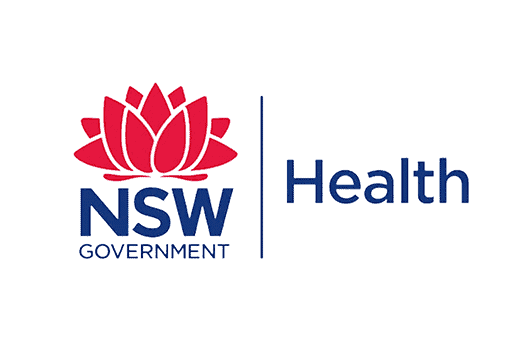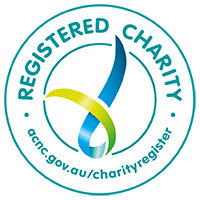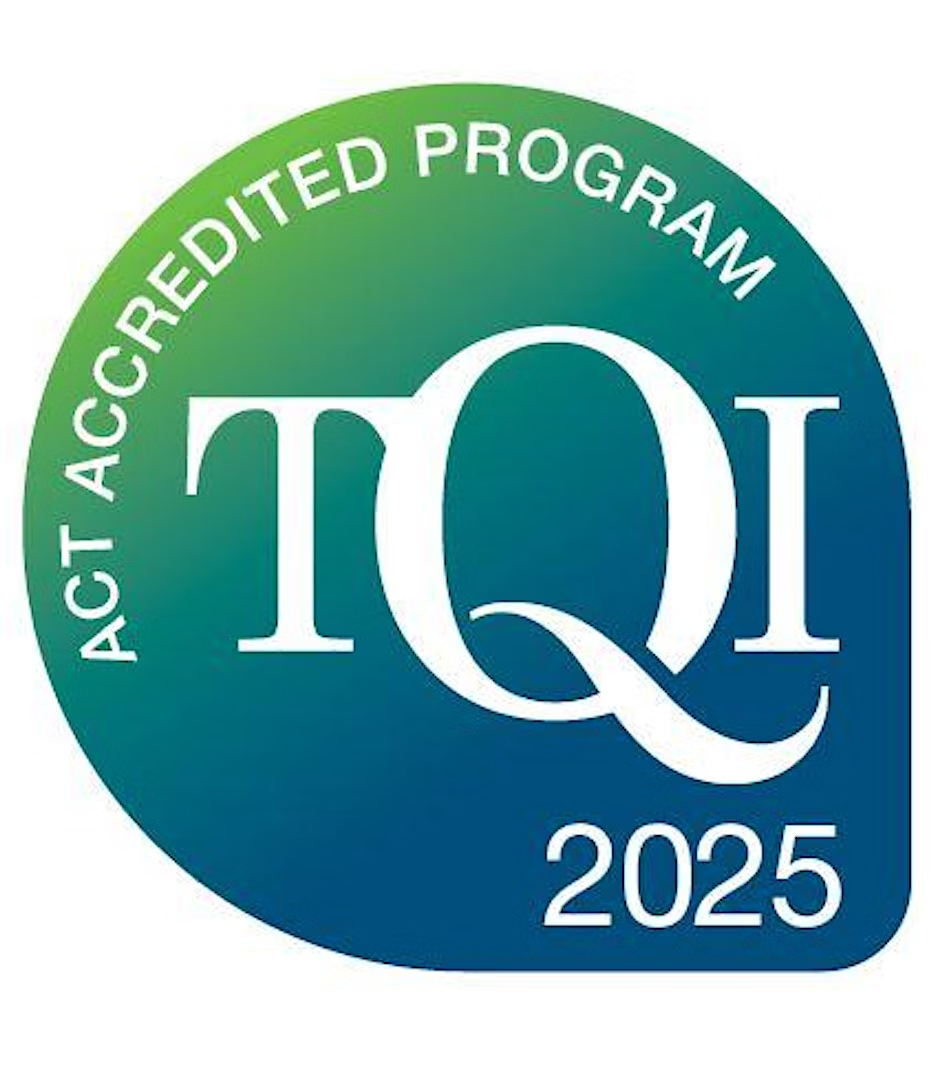Starting high school is a big deal.
You can probably still remember your early days at high school: an unfamiliar environment, new faces, older kids, noise and chaos, timetables, and multiple classes and teachers.
It’s easy to feel lost and overwhelmed.
In fact, students’ engagement and their sense of wellbeing takes a dive during this time, according to research by the NSW Centre for Education Statistics and Evaluation.
The good news is, there are many ways schools can support students during this time. And doing so, will help set your Year 7 students up for a positive school experience from the outset.
Early connections are the key
Positive relationships are vital to starting high school on the right foot.
Friendships become increasingly important during the high school years. Teenagers start to put more trust in their friends over their parents, carers and teachers. Most teenagers – 81.5% — value their friendships more than anything else in their lives, as found by the 2022 Mission Australia Youth Survey. This points to the importance of fostering peer relationships that are strong and healthy.
The start of high school is usually the time when peer groups are established. Offer opportunities for students to interact, and broaden their friendship networks. Consider allocating a hang-out space for the year group to gather during breaks. Some schools, like Cessnock High School in Northern New South Wales, hold a camp early in the year as a way to help students bond.
Empower your senior students to help
ReachOut recommends creating formal and informal opportunities for older students to support your incoming Year 7s. This will help your Year 7 students feel welcome and supported.
The Peer Support Program is a great way to involve senior students in the transition process. The program provides Year 7s with an opportunity to connect with their peers in a safe environment. In fact, 86% of teachers involved in the Peer Support Program said it enables students to experience a better transition into high school, according to research by Deakin University.
Peer Support Australia offers an orientation framework. This includes activities and discussion guides for senior students to use with small groups of Year 7 students. This resource can be used to help Year 7 students make connections early, get to know the school, and be organised.
The program also enables senior students to take on leadership roles.
“The Peer Support Program has become part of our transition process for Year 7 students. We run it in Term 1 so the Year 7s have the familiar face of a senior student in their first term and year.
A rewarding aspect of the program is having Year 7s come through and then become Peer Support Leaders in Year 11. It’s great seeing them excited to work on the program and give back to the Year 7s.”
Dan Sawade, Encounter Lutheran College
Starting high school can be overwhelming. Communicate clearly and regularly.
Make sure you’re in contact and working with your feeder primary schools to create a transition plan. Organise the Year 6 students to visit your high school, and include additional trips for students with disability and additional needs.
Some schools create a welcome pack for students with information about bell times, timetables, teachers, study routines, and where to go for support. Students, including kids with neurodiversity, may benefit from a social story including images of the school, classrooms and teachers.
Parents and carers also play a crucial role in ensuring students feel positive about high school. Hold an information night for parents and carers, consider creating an information pack or sheet for them to take home.
Better support high school transitions
Learn how you can help your Year 7 students as they transition to high school, with this free ebook.





